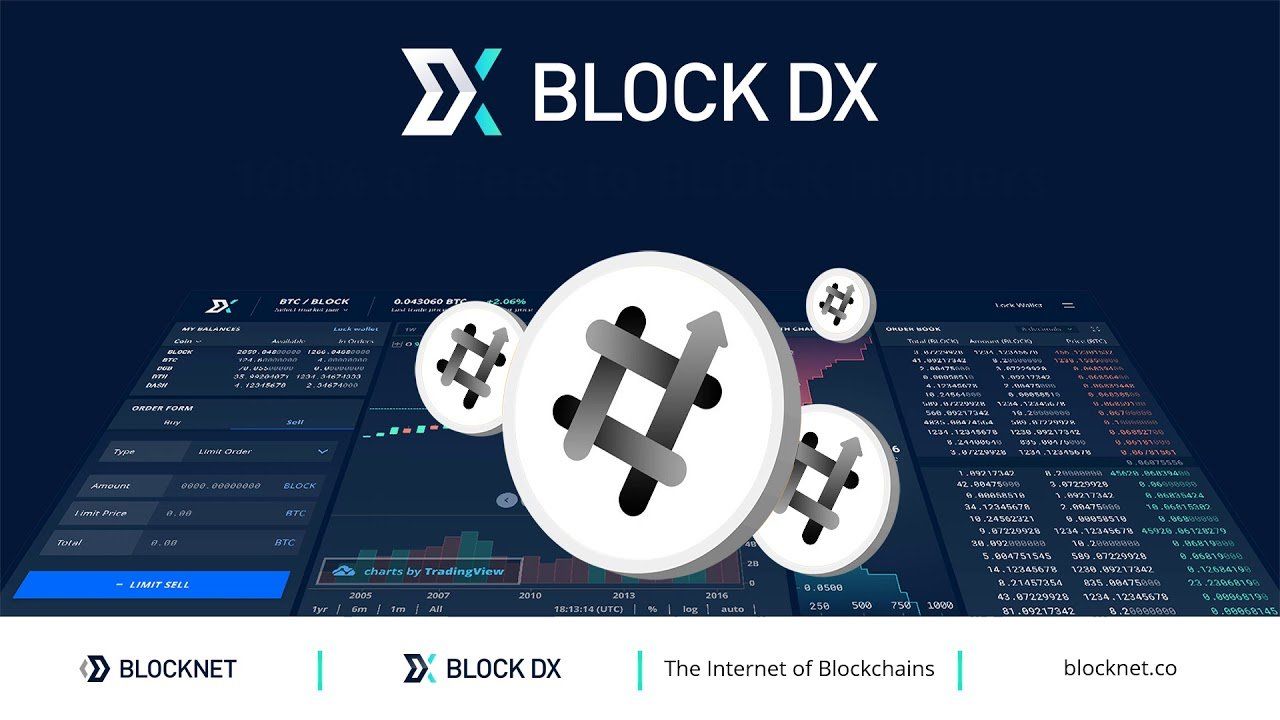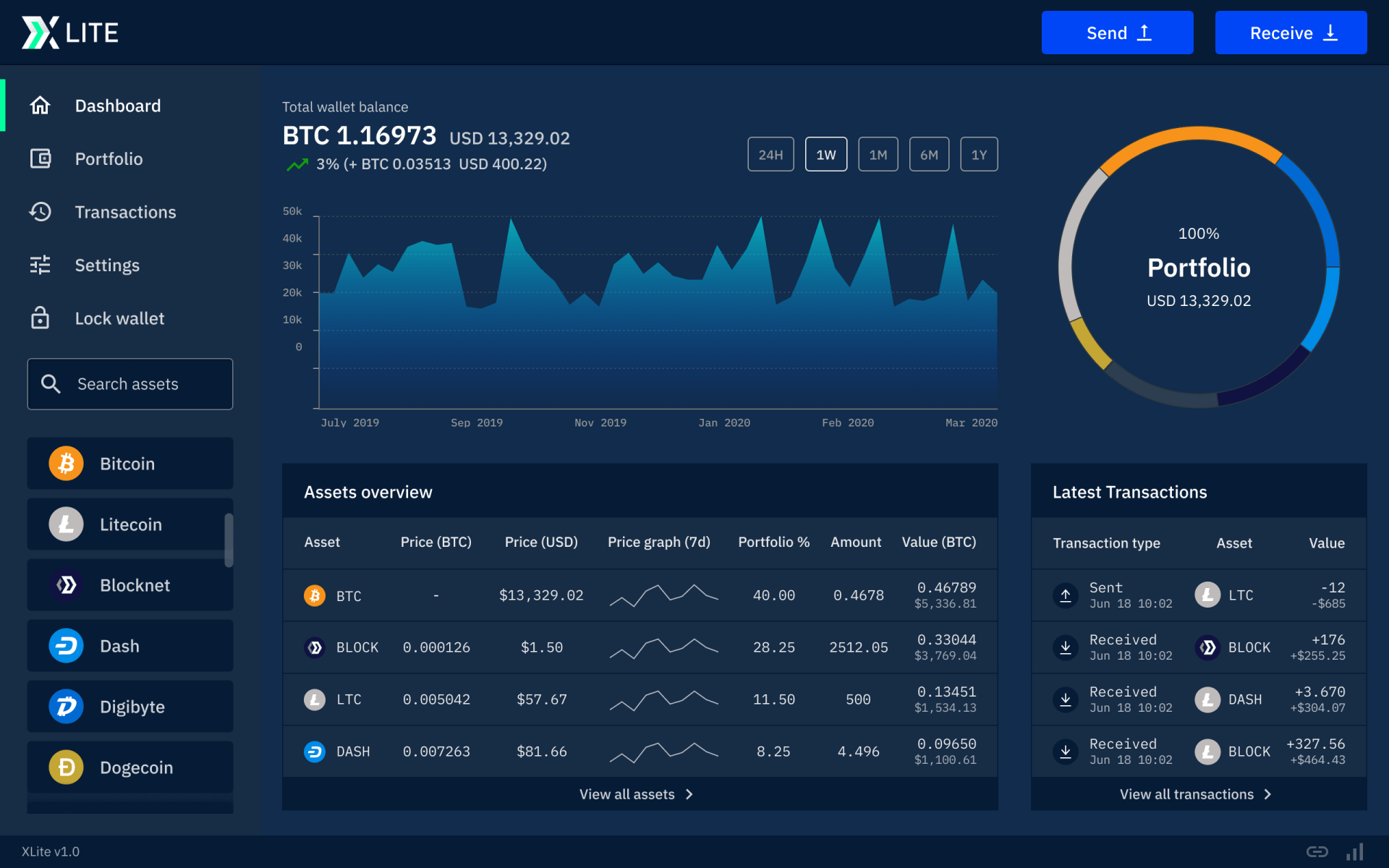Unraveling Block DX: A Genuinely Decentralized Exchange for Cross-chain Atomic Swaps with XLite Wallet

Cryptocurrencies are gaining prominence in financial circles. Businesses and even governments are warming up to them as a viable medium of exchange. This mainstreaming of cryptocurrencies has come with several challenges. One is that we have seen a growth in the number of available coins. While this is not necessarily a bad thing, it raises new concerns. Prominent among this is the ability to exchange one coin for another. Thankfully though, this dilemma has been addressed through atomic swaps. Through crypto exchanges, swapping one currency for another is possible. Currently, many such exchanges are fighting for market share. Block DX is one key player in this space. Together, let's explore this great platform, but only after looking at how atomic swaps work.
Explaining Atomic Swaps
In brief, atomic swaps are trustless peer to peer (P2P) exchanges of different coins. These transactions may take place on either one of the currencies networks. When this happens, an on-chain atomic swap is achieved. Alternatively, the swap occurs or on an altogether different network. Such an atomic swap is said to be cross-chain.
How Do Atomic Swaps Work?
The atomic swap was introduced in 2013 by Tier Nolan. Cross-chain protocols (atomic swaps) enables users to exchange cryptocurrencies between two different blockchains P2P. Atomic swaps hold a hash timelock contract (HTLC) to allow two unknown parties to trade. HTLC is a smart contract technology that ties two strangers to sell without a central authority.
An HTLC contract locks up funds for the two individuals, similar to a temporary escrow with no intermediaries. The individuals create and broadcast transactions as they swap coins. Eventually, they either end up with each others' coins, or no swap occurs. Atomic swaps control the safe interaction of funds between peers. Again, they are entirely trustworthy.
Atomic Swaps and Decentralized Exchanges
Decentralization is at the core of the crypto trade. It is the elimination of a central entity from overseeing transactions. Decentralized exchanges (DEX) are autonomous platforms allowing customers to trade in cryptos. These are key in concluding cross-chain swaps. They help parties to a transaction achieve trust.
Understanding Block DX
Block DX uses the Blocknet protocol. It features inter-blockchain functions that are swift and secure. The platform is decentralized and has self-billing functions.
Block DX has over 100 tickers and over 5000 trading pairs. Therefore it has extensive trading combinations. You can enjoy cross-chain free trading because of the XRouter protocol. Furthermore, it does not undertake a KYC audit. It allows its users unrestricted transactions because they hold the funds and private keys at all times. As it is decentralized, it gives control over the nodes created by traders. It also enables exchanges within individual blockchains. Finally, it supports the Xlite Wallet.
XLite Wallet
XLite is a lightweight, decentralized multi-asset wallet powered by Blocknet. The wallet allows one to quickly find any asset with the built-in search and quick links. Secondly, you get to see your portfolio balance at a glance. From the dashboard, you get a brief overview of your main assets directly. Moreover, the dashboard captures the latest transactions. To further ease use, it has a dedicated page providing detailed transactional information.
Technological Benefits of Xlite Wallet
The XLite Wallet packs the following benefits:
It is Non- Custodial
The wallet holder has sole control of the coins in the wallet. It, therefore, negates the need to trust third parties to secure transactions.
No Servers Feature
In contrast to other lite wallets, XLite doesn't require you to trust a server to relay transactions. Instead, the wallet queries peers and constructs an SPV proof from their responses. This way, it preserves one's independence.
It is Lightweight
Utilizing XRouter, the wallet empowers one to use Bitcoin and Ethereum without downloading terabytes of blockchain data. As such, it runs on any device, notwithstanding hardware limitations. Also, the wallet has shorter sync times between launching and using it.
Supports Essentially Every Coin
XLite can effectively support any coin without impacting the size and performance of one's wallet. It achieves this by drawing on the Blocknet's cross-chain network of service nodes.
One does not need permission for the wallet to support their coin.
Build Inter-Chain Dapps
XLite is the foundation for building cross-chain dapps. It is capable of getting a chain state and serving it to users intuitively.
Interchain DeFi-Ready
Finance has decentralized. XLite eliminates the need to choose chains. You need only orchestrate them!
The Most Decentralized Trading
XLite natively supports Block DX.
No Gatekeepers
XLite doesn't have signups, accounts, or KYC. It does not store user data.
Benefits of Block DX
The following are some of the benefits that come with using Block DX.
Security
Funds can only be controlled by the person trading because there are no intermediaries. The users get the assurance of privacy because only a few parties are involved.
Swift Trade
Block DX trade times are independent of the block times of the assets involved. Therefore they enable fast trading. Transactions can be concluded in under 30 seconds.
Freedom to Trade any Coin
On BlockDx, users can trade in a variety of coins. Among the exchangeable assets include Bitcoin, Litecoin, Digibyte, Dash, Syscoin, and assets with a lot of freedom. There are no restrictions on selling specific assets. The exchange aims at unifying different programs and investments.
Decentralized Application
Block DX eliminates intermediaries. As such, traders are assured of security when transacting on the platform.
Affordable
The platform levies a minimal fee on trading making it affordable for all traders. Moreover, all withdrawals are free.
Easily Accessible
You do not require an account to trade. It eliminates registration procedures since trade is P2P. One is ready to transact once on Block DX. Anyone can access, assuring you of privacy and financial freedom.
It's Open Source
The community can review and contribute to Block DX. This way, an individual can also tweak the code to accommodate their standards.
Always Online
You can never be interrupted because Block DX uses the Blocknet protocol. The protocol has built-in DoS protection. Furthermore, the fact that it is decentralized and has no accounts makes it undisturbed.
Matching Orders
After making an order, Block DX commences the search for connections with the counterparts over the peer-to-peer network to perform the trade.
Fee Distribution
In contrast to most protocols where earned profits go to a company or developer team, Block DX distributes all the trading fees to its nodes. Its functioning isn't driven by gain.
Liquidity
Blocknet powers Block DX. Services using this protocol share their order book. Moreover, they contribute to the same liquidity pool.
Endnote
As cryptocurrency use becomes commonplace, new issues arise. One of these is how to exchange different coins successfully. Since each coin has a unique algorithm, direct swapping is an issue. However, atomic swaps provide a way out of this difficulty. For the swaps to run smoothly, they require decentralized exchanges. In a market bursting with these, Block DX has emerged as the undisputed leader. Apart from facilitating private and secure P2P transactions, it is also fast and affordable.
Furthermore, by eliminating KYC protocols, its use is straightforward. Again it enables unrestricted trading in a wide variety of coins. It boasts of a professionally designed UI that gives users a whole new experience. Block DX is the perfect platform for trading.





